If my last post (End-on-End Madras by HTJ) left you wondering what exactly end-on-end madras is you are not alone. I myself was a little confused by it so I reached out to an expert to get their input (Still waiting to hear back), a reader and ivy style enthusiast gave some good input, and I re-read HTJ’s article several times looking for more clues. Now let me tell you how I went down this rabbit hole in the first place.
A light as a feather, breezy, well worn, frayed, and almost completely see through contrast collar end-on-end broadcloth shirt from Brooks Brothers is what sent down this rabbit hole (Top image). I actually think that it’s the same shirt that HTJ mentions wearing with a suit in his post (Illustration above). A contrast collar isn’t the easiest thing to wear when you aren’t dressed to the nines. Luckily this shirt is beat to death making it easier for me to style it casually. it’s a beautiful shirt. The alternating warp of blue and white yarns creates a subtle variation of color that I find very pleasing. Plus it’s the coolest wearing shirt that I own even beating out my madras shirts. In my opinion it’s the perfect fabric to wear in the summer and I wanted a new solid blue one button down version.
A slight detour. Prior to remembering the HTJ end-on-end madras post I was working with Proper Cloth to get a few shirts made. At this time I was simply trying to replicate my contrast collar end-on-end shirt as the madras portion had not entered the equation yet. I ordered a few swatch sample including the Stanton 120s blue end-on-end, Thomas Mason Goldline light blue end-on-end, and a DJA Sea Island light blue end-on-end. I ended up choosing the the Stanton’s for a few reasons. I was after a shirt with a similar variation in color, weight, and transparency, but a touch darker blue. The Stanton’s end-on-end had the right color and color variation, but is a little more opaque than I wanted. I think that it will get more transparent with time. It’s a great shirt and I have loved wearing it, but it doesn’t have the texture that HTJ mentions.
*If you want to give Proper Cloth a try follow the link (Proper Cloth) for 10% off your first purchase.
Another short detour. While I was trying to find more info on end-on-end madras I remembered a shirt that I owned over a decade ago. This was a lightweight blue shirt with some color variation and a flap pocket from Huntington Clothiers. It was a cool shirt with that flap pocket. I had always thought it was a chambray shirt, but I started to question that. I really questioned it after blog reader Irving left an insightful comment about how Ebay sellers often mistake end-on-end madras for chambray. This shirt was one of my early thrifts. I even did a post about it (see here), but sadly I let the shirt go because it was a tad big. I regret that now as I think I’d like the fit these days. Live and learn. Anyways I looked up the old blog post and upon zooming in I did not see the the end-on-end weave, but I still miss the shirt. I tried to track it down to no avail.
Here is where I am now. After reading the HTJ post several times this is what I surmised. I think that by end-on-end madras he meant an end-on-end weave in a cotton fabric that is not broadcloth. I say this because broadcloth has almost no texture even in an end-on-end weave or so I thought. During my search for this fabric I found a few end-on-end fabrics on Mercer and Sons’ website. When I read the description of the cloth I had an aha moment. Mercer says of their venerable blue 60s end-on-end weave, “The most basic and versatile blue broadcloth. Its uniquely textured weave and its progressive softening over time make it a true favorite.”. The uniquely textured weave and progressive softening jumped off the page. Then I saw their Thistle end-on-end which HTJ also mentions. Now I might be on to something! Priced at $240 per shirt at Mercer I need to make certain this is what I am after before I plunge that far in the deep end.
If the jumble of words above leaves you confused I will try to summarize. I have an amazing vintage end-on-end broadcloth shirt from Brooks Brothers and I want another, but in button down format without contrasting cuffs and collar. I ordered an end-on-end shirt from Proper Cloth to as the replacement which I think will work out nicely. While waiting for my Proper Cloth shirt I remembered an old post from HTJ about end-on-end madras. Then I wanted one of these shirts as it aligned with what I had been after but sounded even better. The problem was that I didn’t know exactly what this fabric is or where to find it. I thought that it was a end-on-end cotton that wasn’t broadcloth. Then I found a fabric on Mercer and Sons website that seems to fit the bill, but it is broadcloth. So broadcloth is back in the pool of consideration and most likely the answer. However, no conclusion has been reached at this time. The search continues. Stay tuned.
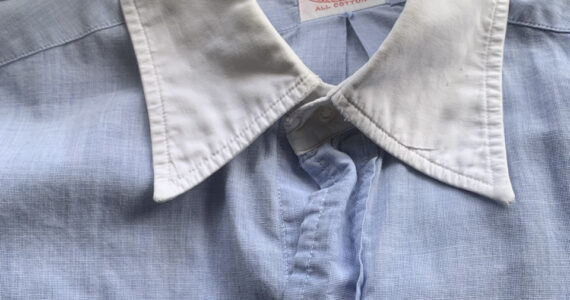
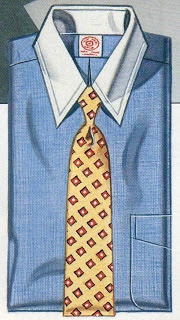
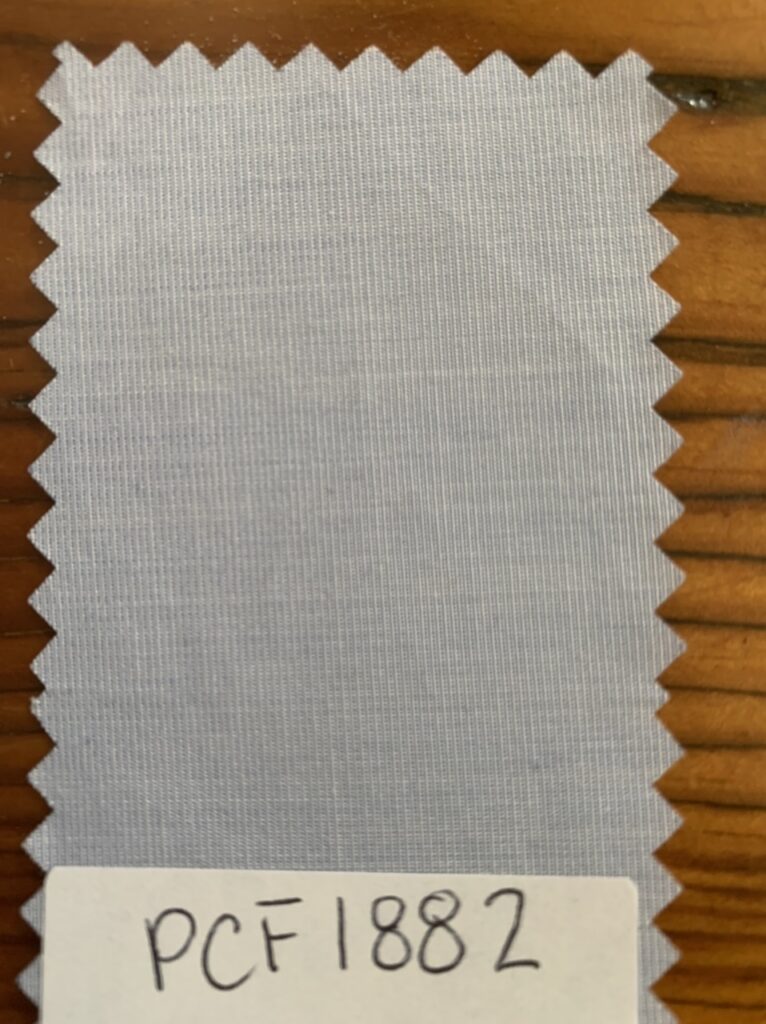
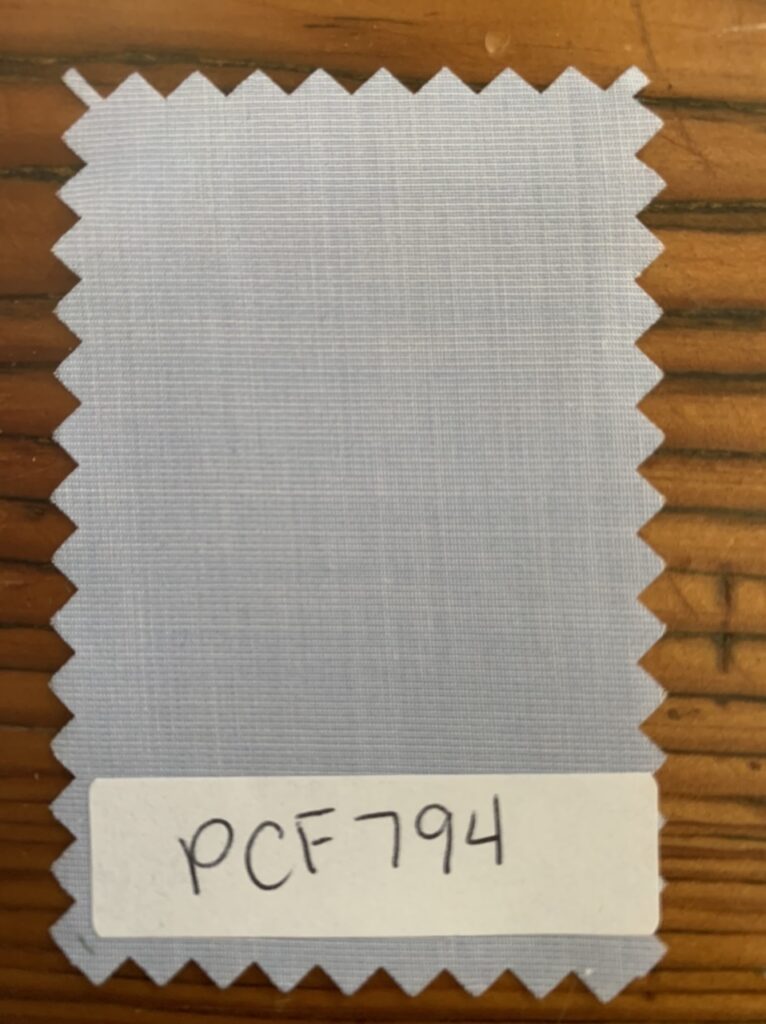
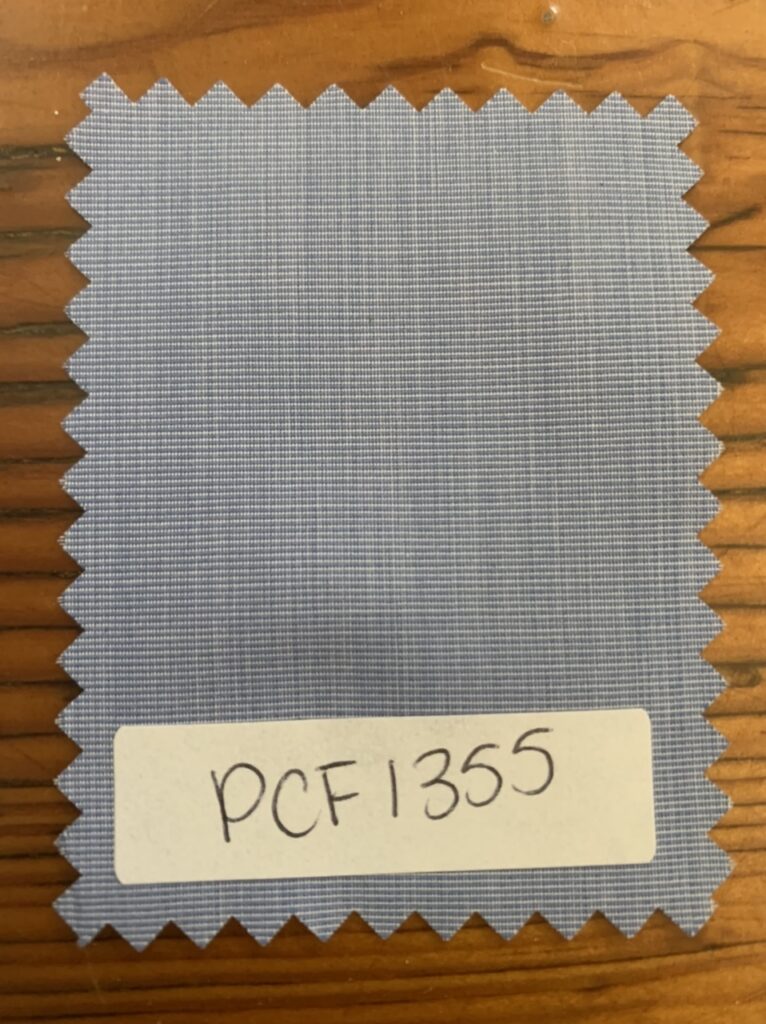
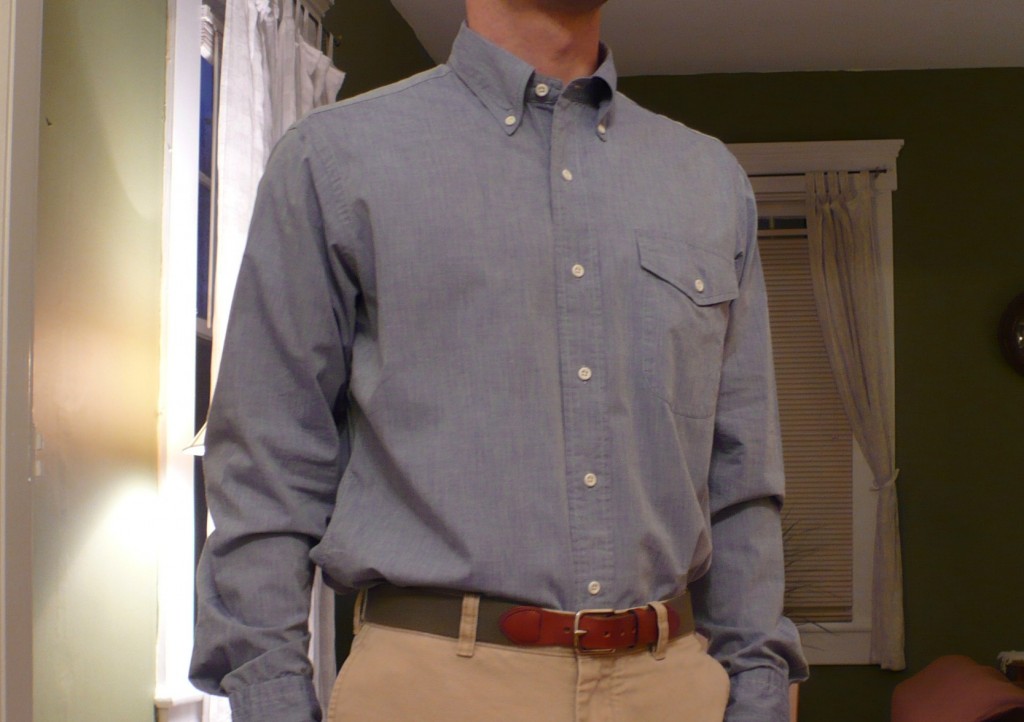
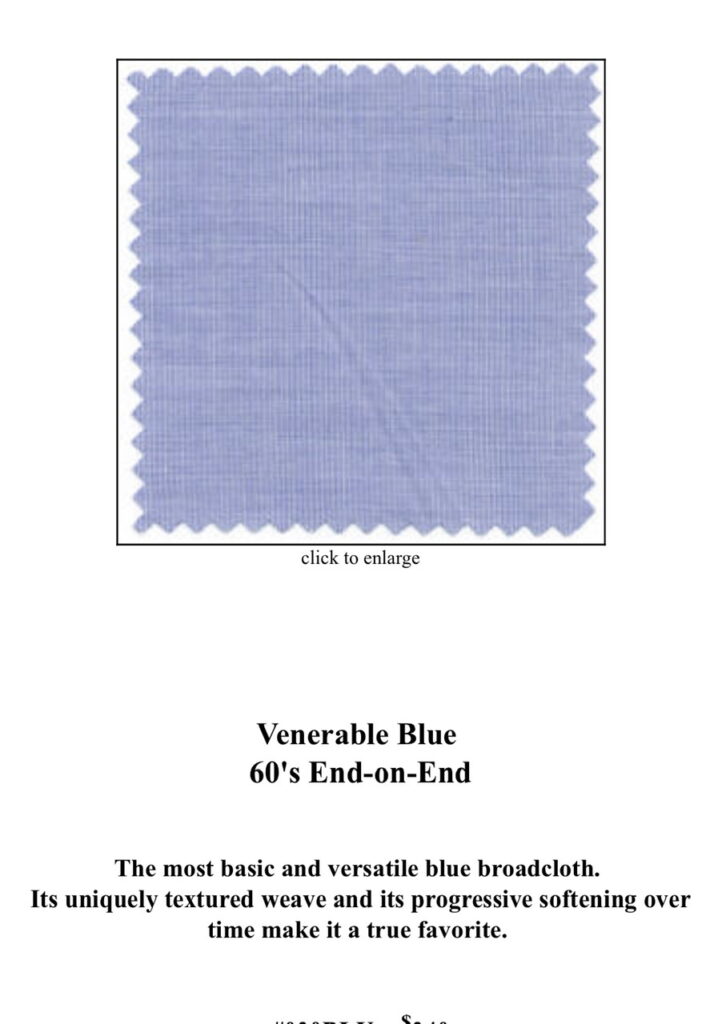
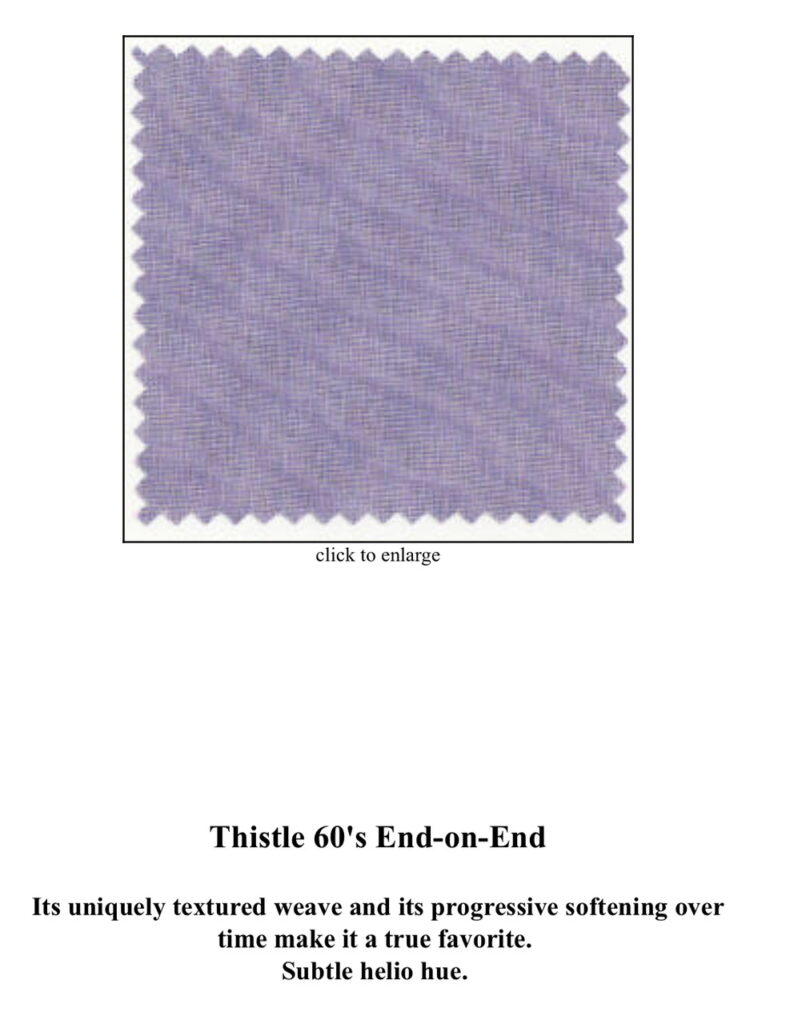
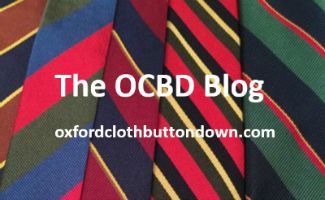
Hi Jerrod, it’s been interesting reading about your shirting history with end on end cloth. “End on End madras” honestly sounds like a misnomer. Madras, is a short hand for a plaid, striped or checked pattern of cloth woven in the literal Madras region of India.
End on End is a weaving technique with an alternating warp and weft which creates what is known as a plain weave pattern. This creates a heathered effect (a muted shade) where the white cloth is softening the overall tone of the shirt, as opposed to a shirt which is garment dyed with both the warp and wefts the same colours which produces only a solid colour.
Broadcloth is just a plain densely woven cloth. Wool or cottons etc. can be broadcloth, it’s the dense nature of the weave that categorizes the cloth as such.
So Mercer’s listing is correct, End on end with a broad cloth weave is what your looking for. As you probably know it should be cut full since the dense weave won’t have much natural stretch to it.
Here are the articles I used when writing this response:
https://thefabricofourlives.com/cotton-fabrics/madras
https://en.wikipedia.org/wiki/End-on-end
https://en.wikipedia.org/wiki/Plain_weave
https://en.wikipedia.org/wiki/Broadcloth
https://en.wikipedia.org/wiki/Heather_(fabric)
Here is an article on blue shirt colours, I would advise you to go for a lighter green-blue hue when selecting shirting cloth etc.
https://www.bondsuits.com/variations-blue-shirt/
Thanks for all of that! I am aware that it’s not actually madras and understand it’s probably a market term. I think they use this term because of the texture. Most broadcloth end-on-end fabric is close to textureless. Being that some of the most re-known Ivy/Trad used it in ad copy I’d like to know what they meant. I am getting closer!